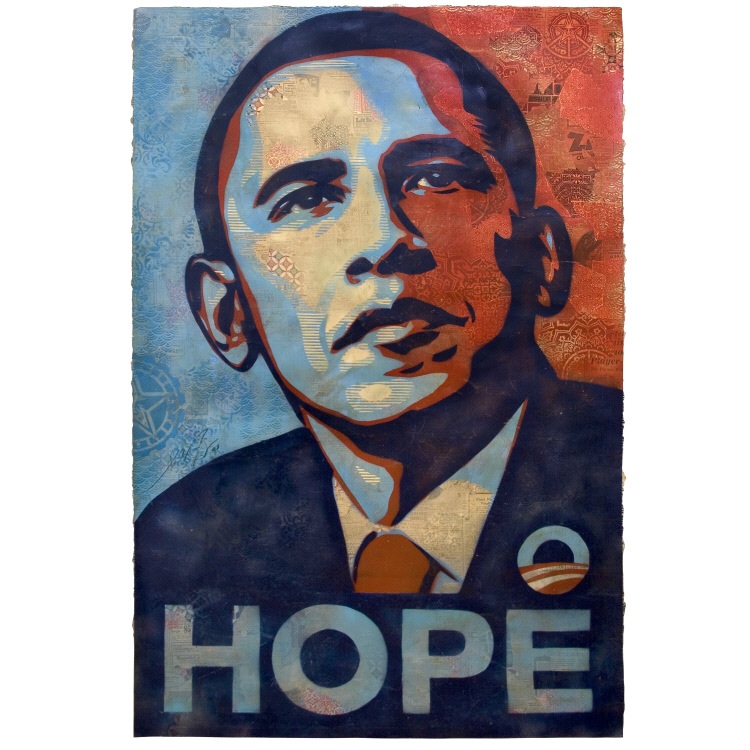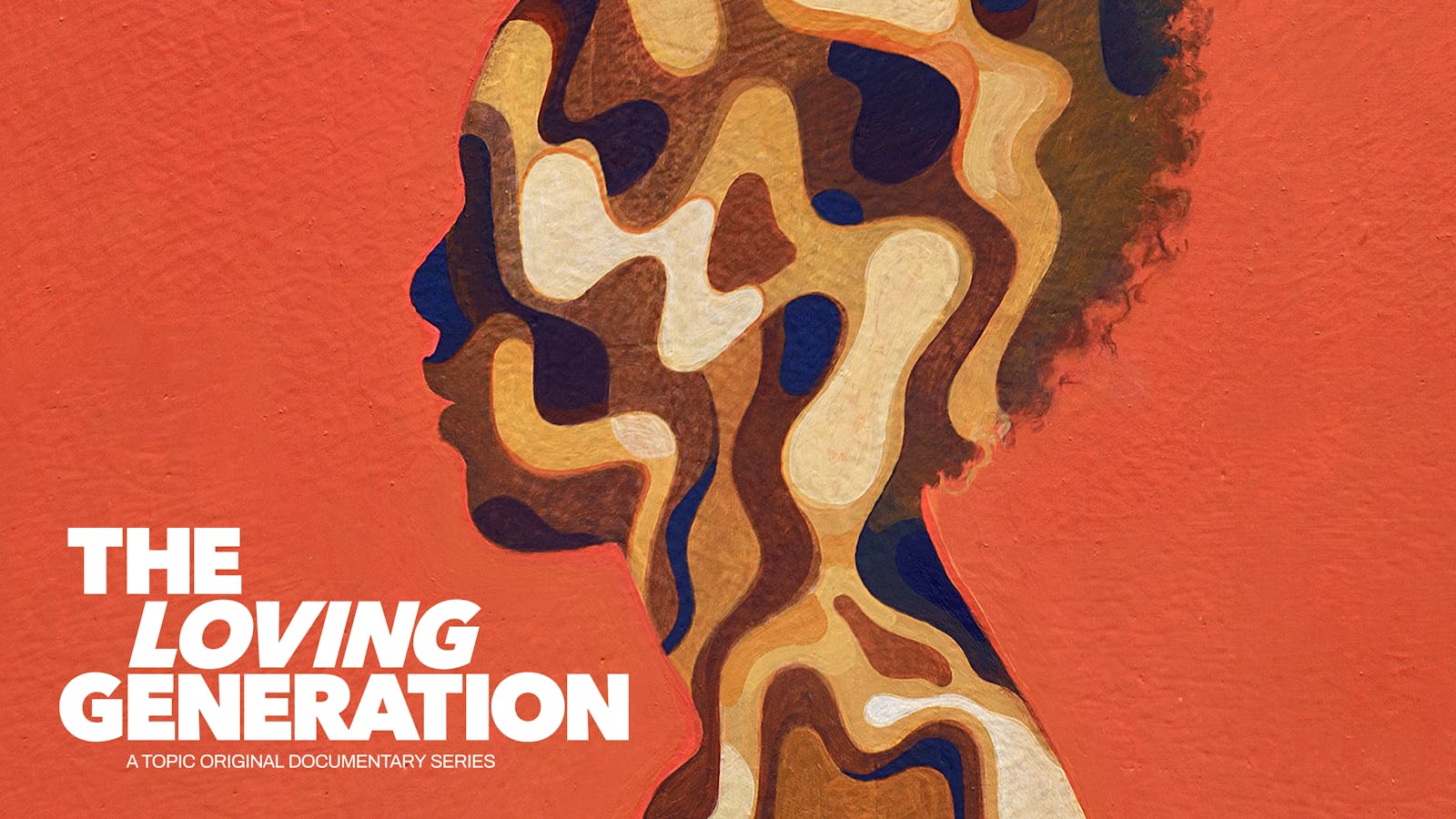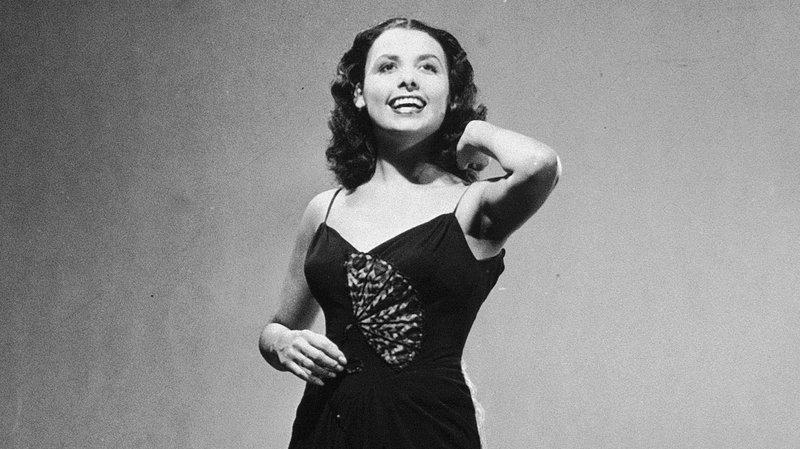Inside the Biracial Advertising BoomPosted in Articles, Communications/Media Studies, Media Archive, United States on 2018-02-12 02:34Z by Steven |
Inside the Biracial Advertising Boom
The Daily Beast
2018-02-05
Hallie Golden
Salt Lake City, Utah
Biracial couples and families are becoming increasingly common. Companies are using them in advertisements to reflect that reality, and to sell to those who value diversity.
Infiniti USA recently released an advertisement featuring a dad repeatedly heading out to grab more food for a holiday meal with his wife and two daughters.
First it’s sweet potatoes, then shrimp, and finally the wife takes over to get a pecan pie. It’s a fairly straightforward 30-second advertisement riffing off of the idea that the husband and wife love to drive their cars so much they look forward to these types of trivial errands.
The unique part has to do with the actors who play this adoring family: The father is white, the mother is black, and their teenage daughters are biracial.
By casting the ad in such a way, Infiniti has joined a growing list of companies selling everything from breakfast cereal to cars to clothing that portray the American family in TV advertisements as more than a single race.
But why are all these companies jumping on the diversity bandwagon?…
Read the entire article here.






